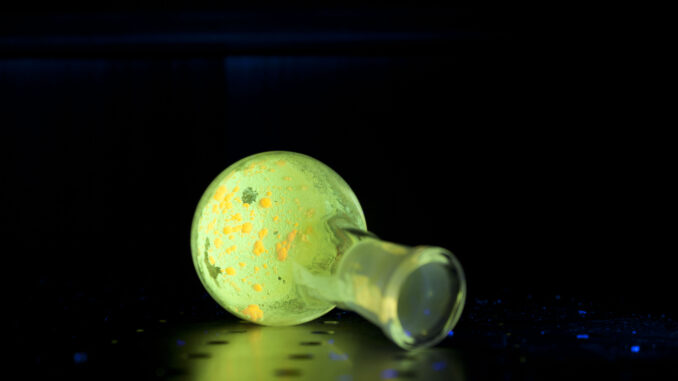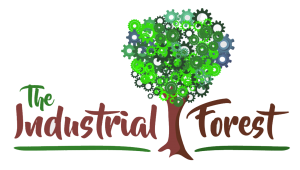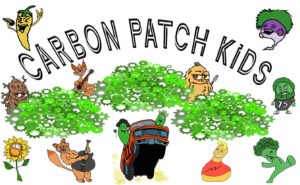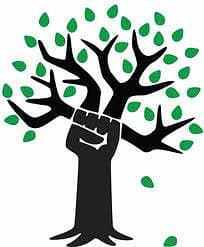
Oil and gas production and refining are highly energy-intensive processes that can result in the release of large amounts of air, water, and land pollutants. To reduce the environmental impact of these processes, many oil and gas companies are turning to polymers, which are synthetic materials composed of large molecules with repeating structural units.
Polymers have many advantages, including the ability to reduce emissions and improve the efficiency of oil and gas operations.
In this article, we will discuss how polymers are being used in oil and gas to reduce emissions and improve efficiency.
The Role of Polymers in Oil and Gas
Polymers have a variety of uses in oil and gas production, including as drilling muds, sealants, and corrosion inhibitors. Polymers are also used to reduce emissions and improve efficiency in various stages of the production and refining process.
For example, polymers can be used to reduce the viscosity of oil and gas, which allows for more efficient transportation and production of oil and gas.
Additionally, polymers can be used to reduce the surface tension at the interface between oil and gas, which increases the efficiency of production.
Polymers can also be used to improve the efficiency of refining processes. For example, polymers can be used to reduce the viscosity of crude oil, which allows for more efficient separation and refining of the different components.
Additionally, polymers can be used to reduce the surface tension between oil and gas, which allows for more efficient separation and refining of the different components.
Lastly, polymers can be used to reduce emissions from oil and gas production. Polymers can be used to create a barrier between the oil and gas, which can reduce the release of volatile organic compounds (VOCs) into the atmosphere. Additionally, polymers can be used to reduce the amount of water used in fracking operations, which can reduce the release of wastewater into the environment.
Examples of Polymers Used in Oil and Gas
There are many types of polymers that can be used in oil and gas production and refining processes. One example is polyacrylamide (PAM), which is a water-soluble polymer that is often used as a friction reducer in drilling operations. PAM is also used to reduce the viscosity of oil and gas, which allows for more efficient transportation and production.
Another example is polyethylene glycol (PEG), which is a synthetic polymer used as a corrosion inhibitor in oil and gas operations. PEG is used to reduce the amount of corrosion on pipes, valves, and other equipment, which can improve the efficiency of oil and gas operations. Additionally, PEG is also used to reduce the surface tension between oil and gas, which can improve the efficiency of production.
Conclusion
In conclusion, polymers are being increasingly used in oil and gas production and refining to reduce emissions and improve efficiency. Polymers have a variety of uses, including as drilling muds, sealants, and corrosion inhibitors.
Additionally, polymers can be used to reduce the viscosity of oil and gas, reduce the surface tension between oil and gas, and create a barrier between the oil and gas to reduce the release of VOCs. Examples of polymers used in oil and gas include polyacrylamide and polyethylene glycol.

Submit your Article Ideas to The Crude Life! Email studio@thecrudelife.com
About The Crude Life
Award winning interviewer and broadcast journalist Jason Spiess and Content Correspondents engage with the industry’s best thinkers, writers, politicians, business leaders, scientists, entertainers, community leaders, cafe owners and other newsmakers in one-on-one interviews and round table discussions.
The Crude Life has been broadcasting on radio stations since 2012 and posts all updates and interviews on The Crude Life Social Media Network.
Everyday your story is being told by someone. Who is telling your story? Who are you telling your story to?
#thecrudelife promotes a culture of inclusion and respect through interviews, content creation, live events and partnerships that educate, enrich, and empower people to create a positive social environment for all, regardless of age, race, religion, sexual orientation, or physical or intellectual ability.
Sponsors, Music and Other Show Notes

Studio Sponsor: The Industrial Forest
The Industrial Forest is a network of environmentally minded and socially conscious businesses that are using industrial innovations to build a network of sustainable forests across the United States.
Weekly Sponsor: Stephen Heins, The Practical Environmentalist
Historically, Heins has been a writer on subjects ranging from broadband and the US electricity grid, to environmental, energy and regulatory topics.
Heins is also a vocal advocate of the Internet of Everything, free trade, and global issues affecting the third of our planet that still lives in abject poverty.
Heins is troubled by the Carbon Tax, Cap & Trade, Carbon Offsets and Carbon Credits, because he questions their efficacy in solving the climate problem, are too gamable by rent seekers, and are fraught with unreliable accounting.
Heins worries that climate and other environmental reporting in the US and Europe has become too politicized, ignores the essential role carbon-based energy continues to play in the lives of billions, demonizes the promise and practicality of Nuclear Energy and cheerleads for renewable energy sources that cannot solve the real world problems of scarcity and poverty.
Look at what’s happened to me.
I can’t believe it myself.
Suddenly I’m down at the bottom of the world.
It should have been somebody else
Believe it or not, I’m walking on air.
I never thought I could feel so free-e-e.
Barterin’ away with some wings at the fair
Who could it be?
Believe it or not it’s just me
The Last American Entrepreneur
Click here of The Last American Entrepreneur’s website

Studio Email and Inbox Sponsor: The Carbon Patch Kids
The Carbon Patch Kids are a Content Story Series targeted for Children of All Ages! In the world of the Carbon Patch Kids , all life matters and has a purpose. Even the bugs, slugs, weeds and voles.
The Carbon Patch Kids love adventures and playing together. This interaction often finds them encountering emotional experiences that can leave them confused, scared or even too excited to think clearly!
Often times, with the help of their companions, the Carbon Patch Kids can reach a solution to their struggle. Sometimes the Carbon Patch Kids have to reach down deep inside and believe in their own special gift in order to grow.
The caretakers of Carbon Patch Kids do their best to plant seeds in each of the Carbon Patch Kids so they can approach life’s problems with a non-aggressive, peaceful and neighborly solution.
Carbon Patch Kids live, work and play in The Industrial Forest.
Click here for The CarbonPatchKids’ website

Featured Music: Alma Cook
Click here for Alma Cook’s music website
Click here for Alma Cook’s day job – Cook Compliance Solutions
For guest, band or show topic requests, email studio@thecrudelife.com
Spread the word. Support the industry. Share the energy.




